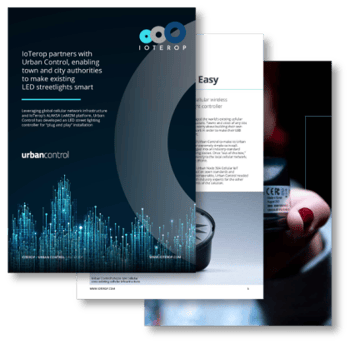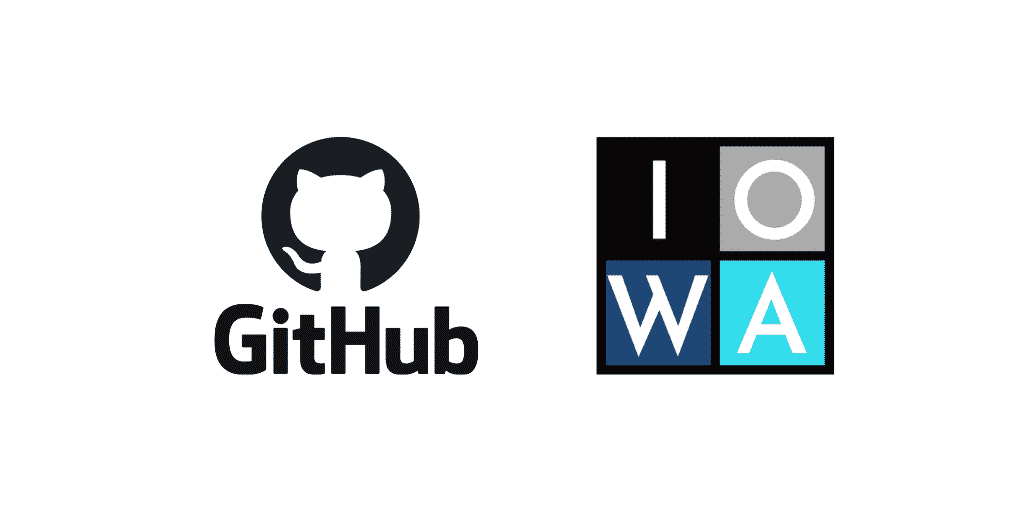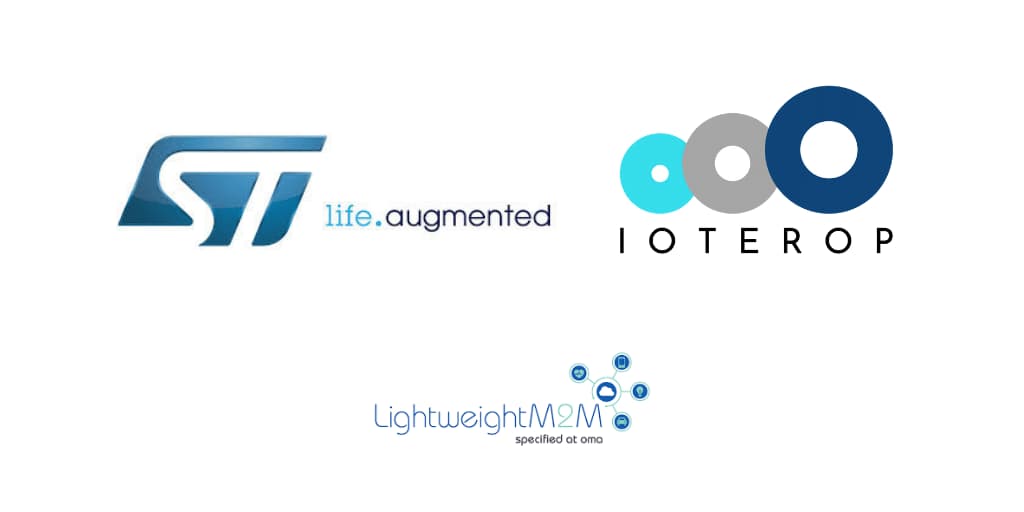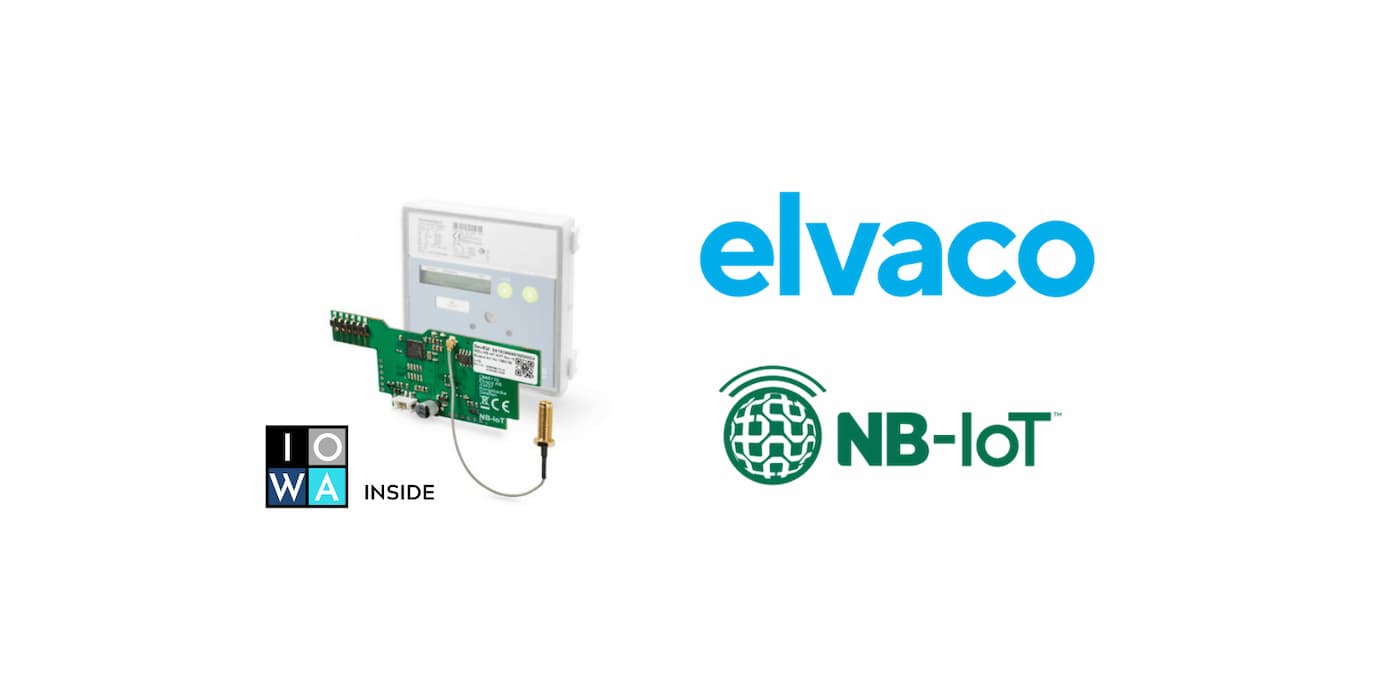Why Interoperability is More than Just a Buzzword
The rapid growth of the IoT is reshaping traditional industries like utilities and logistics, while giving rise to entirely new sectors like smart cities. But the network’s expansion has created some key engineering challenges, of which the most significant is interoperability
Interoperability is key to the efficient functioning of the Internet of Things (IoT) and yet it remains a poorly understood concept. The word is often used to describe the facilitation of seamless communication between different devices, but it is much more than that: it extends to device lifecycle management, network connectivity, and even specific applications such as smart water metering, container tracking, and smart street lighting. Such broad applicability makes interoperability a cornerstone of the IoT.
The Need for an Interoperable IoT
The scaling of the IoT has already begun and will only accelerate. With thousands of manufacturers and millions of types of IoT devices in use, it is becoming increasingly difficult to manage and secure these devices without interoperability across the entire ecosystem. Here are just a few examples of the engineering challenges faced by organizations when it is absent:
- Monitoring: it’s difficult to remotely monitor and diagnose IoT devices. This can lead to costly downtime and lost productivity.
- Deployment: it becomes difficult to deploy IoT devices, since each device may require a different installation procedure, which can add time and complexity.
- Security: it becomes difficult to ensure the security of IoT devices, since each device may use its own security protocols. This can make it difficult to patch vulnerabilities or implement protection best practices.
- Access control: it becomes difficult to delegate operations on devices to third parties. This can make it difficult to comply with regulations or manage devices that are located in remote locations.
- Batch operations: it becomes difficult to perform batch operations on IoT devices. This can make it difficult to update firmware, configure settings, or troubleshoot problems.
- Event management: it can be difficult to manage millions of events and trigger the associated scheduled actions for each of them. This can lead to missed opportunities or to security incidents.
Interoperability overcomes all these challenges and is essential to unlock the full potential of the IoT.
| Don't Miss: Managing Smart Street Lights Urban Control needed a way to manage their LwM2M devices on a massive scale and offer interoperability to cities with their Urban Node 324.  |
 |
The Layers of Interoperability
Interoperability plays a major role in ensuring key elements of the IoT operate smoothly. These include: data format description; network connectivity; device lifecycle management; and applications and verticals. Let’s look at each of these in turn.
Data format description: IoT devices operate across numerous data formats. Whether a device measures temperature in Celsius or Fahrenheit, or reports its location in integers or floating point numbers, the receiving platform needs to understand all these disparate data formats. Harmonizing this data is critical to achieving actionable insights.
Network connectivity: Just as there is diversity in data formats, IoT devices also use a host of network connectivity technologies - ranging from Wi-Fi and Zigbee to NB-IoT. In this context, interoperability ensures network connectivity is managed across these devices, regardless of the network technology, manufacturer, or the specific application it serves.
Device lifecycle management: IoT devices go through a life cycle that includes stages like commissioning, monitoring, and decommissioning. Again, each stage should be simple to manage regardless of the device, technology, or vendor. Think of this just like how telecommunication operators collaborated with phone manufacturers to standardize the lifecycle of mobile phones.
Applications and verticals: From smart cities to industrial automation and healthcare, the applications for IoT devices are practically endless. Interoperability across these different verticals ensures that data from various devices can be leveraged for more intelligent, cross-platform applications.
Standards Lead to Interoperability
To understand how critical interoperability is to an industry, consider the telecommunications sector in the early 2000s. Back then, the sector faced several challenges with the biggest being the increasing fragmentation of the mobile market. There were a growing number of different mobile phone manufacturers, each using their own proprietary technologies. That made it difficult for mobile operators to manage their networks and to offer consistent services to their customers.
To address this challenge, the Open Mobile Alliance (OMA) was formed in 2002. OMA is a global standards organization that brings together mobile operators, device manufacturers, and other industry players to develop open standards for mobile communications. Standards lead to interoperability by “setting the rules” for how a technology works. By sticking to these rules, service providers and manufacturers know their products will work in harmony with those from competitors.
One of the first standards developed by OMA was OMA Device Management (OMA DM). OMA DM is a set of specifications that define a common framework for managing mobile devices. OMA DM allows mobile operators to remotely manage devices, such as updating firmware, provisioning settings, and monitoring device health.
The technology was developed with the goal of ensuring interoperability between all mobile devices and all mobile operators. This was important because it allowed mobile operators to offer consistent and high-quality services to their customers, regardless of the device they were using. Second, it made it easier for mobile operators to manage their networks. And third, it helped to protect the security of those networks.
The decision to collaborate on OMA DM was a major step forward for the telecommunications industry. It helped to address the challenge of fragmentation and to create a more interoperable mobile ecosystem. Moreover, it enhanced the performance and security of the network. For example, OMA DM made it simple to remotely update the mobile’s firmware making it quick to fix security vulnerabilities or other issues that could otherwise impact the performance of the network.
The telecommunications industry still makes use of OMA DM today, making it an important and long-lived standard for the industry. OMA DM underpins the mobile networks’ operation and in so doing, illustrates how important standards are to interoperability.
Keeping Things Up-to-Date
Lightweight M2M (LwM2M) is the IoT’s very own version of OMA DM. And it stands alone as the dominant software for IoT device management. Conceived and developed by OMA SpecWorks during the 2010s, with its initial focus on machine-to-machine (M2M), LwM2M presents a cohesive framework for the orchestration of device lifecycle events, network connectivity, applications, and data formats. In doing so, this standard not only unifies these events but also provides the foundation of IoT interoperability.
The software makes it easy to, for example, implement “zero-touch provisioning” through its bootstrap operation. This not only expedites the set-up process but also eliminates the danger of using a single default password for all devices. LwM2M also offers a firmware remote update mechanism that persists until success is achieved, thereby mitigating potential security and operational risks. The software also includes embedded encryption layers such as DTLS/TLS and application-level encryption (OSCORE) to protect the integrity of data exchange.
Among other features, LwM2M includes a publicly accessible registry of “objects,” to which anyone can contribute. This registry encompasses objects that cater to device lifecycle management, network connectivity, and diverse verticals. This depth results from the active contributions from both utility providers and device manufacturers.
OMA SpecWorks publishes a certification framework for utilities using LwM2M. Certification enables IoT suppliers to demonstrate they care about interoperability.
Building for the Future
The importance of interoperability cannot be overstated. A focus on standardization, as demonstrated by specifications such as LwM2M, enables a scalable, secure, and sustainable IoT. Just as telecommunications operators and mobile manufacturers came together years ago to standardize mobile communications, the IoT industry must collaborate to ensure true interoperability in this age of global connectivity. The march toward an interoperable future is already underway, fueled by concerted efforts from both industry and standardization bodies. And as we continue to advance, interoperability will not just be a feature but a necessity for the widespread adoption and ultimate success of the IoT.
Fast and Easy Interoperable Solutions
In our quest for a more interoperable IoT ecosystem, IoTerop has created two essential IoT device management solutions: IOWA software development kit and ALASKA IoT device manager. Both are built on the robust foundation of LwM2M, meant to address the interoperability needs of the IoT landscape. What sets IOWA and ALASKA apart is their commitment to optimizing efficiency in terms of bandwidth usage, power consumption, and memory footprint. By optimizing these key aspects, IoTerop empowers organizations to embrace interoperability without compromising on performance, fostering a future where IoT devices communicate effortlessly, efficiently, and reliably.
Get Involved
If you work for a utility company or an IoT solutions provider, IoTerop encourages you to get involved in the OMA SpecWorks initiative to formalize interoperability certification for utilities.
Here are some ways you can take part:
- Watch the OMA SpecWorks IoT for Utilities Workshop
- Join the OMA SpecWorks IoT for Utilities Interest Group.
- Share your thoughts on this blog with others on LinkedIn
Together, we can help to create a more interoperable future for IoT.


